In today's complex and ever-evolving financial landscape, understanding the world of financial derivatives is essential for investors and traders alike. One such derivative that has gained significant prominence is the futures contract. These contracts offer a unique way to trade assets, ranging from commodities to stocks, and allow investors to speculate on the future price movements of these assets. In this beginner's guide to futures contracts, we will explore the fundamentals of financial derivatives, delve into the intricacies of futures contracts, and provide a comprehensive overview of stock derivatives. Additionally, we will examine the benefits and risks of futures options trading, analyze various trading strategies, and highlight the key differences between futures and options. Whether you are a seasoned trader or just starting out, this article will serve as a valuable resource to help you navigate the world of futures contracts with confidence. So, let's dive in and discover the exciting opportunities that futures trading has to offer.
1. Introduction to Financial Derivatives: A Beginner’s Guide to Futures Contracts

Financial derivatives are an essential component of modern financial markets. They offer investors a way to manage risk and speculate on price movements without the need for physical ownership of the underlying asset. One such derivative is the futures contract, which is widely used in various industries, including commodities, currencies, and financial instruments.
A futures contract is an agreement between two parties to buy or sell an asset at a predetermined price and date in the future. Unlike options contracts, futures contracts are binding and must be fulfilled by both parties. This ensures that both the buyer and the seller are obligated to complete the transaction as specified in the contract.
For beginners, understanding futures contracts can be a bit overwhelming. However, with a basic knowledge of financial derivatives, anyone can grasp the concept. Futures contracts are essentially standardized agreements traded on exchanges, such as the Chicago Mercantile Exchange (CME) or the New York Mercantile Exchange (NYMEX). These contracts specify the quantity, quality, and delivery date of the underlying asset.
Futures contracts are commonly used to hedge against potential price fluctuations. For instance, a farmer can enter into a futures contract to sell a certain quantity of corn at a predetermined price to protect against a decline in corn prices. On the other hand, a corn processor can enter into a futures contract to purchase corn at a specific price, thereby safeguarding against a potential increase in corn prices.
Additionally, futures contracts also provide opportunities for speculation and trading. Traders can take advantage of price movements in the market by buying or selling futures contracts without the need for physical ownership of the asset. This allows them to profit from both rising and falling markets.
It is important to note that trading futures contracts involves risks. Prices can be volatile, and traders can incur substantial losses if they aren't properly informed or fail to manage their positions effectively. Therefore, beginners should thoroughly educate themselves about the futures market and seek guidance from experienced professionals before engaging in futures options trading.
In conclusion, futures contracts are an integral part of the financial derivatives market. They offer investors a way to manage risk and speculate on price movements without the need for physical ownership of the underlying asset. Beginners can benefit from understanding the basics of futures contracts and seeking guidance from professionals to navigate the futures market successfully.
2. Understanding Futures Contracts: A Comprehensive Overview of Stock Derivatives
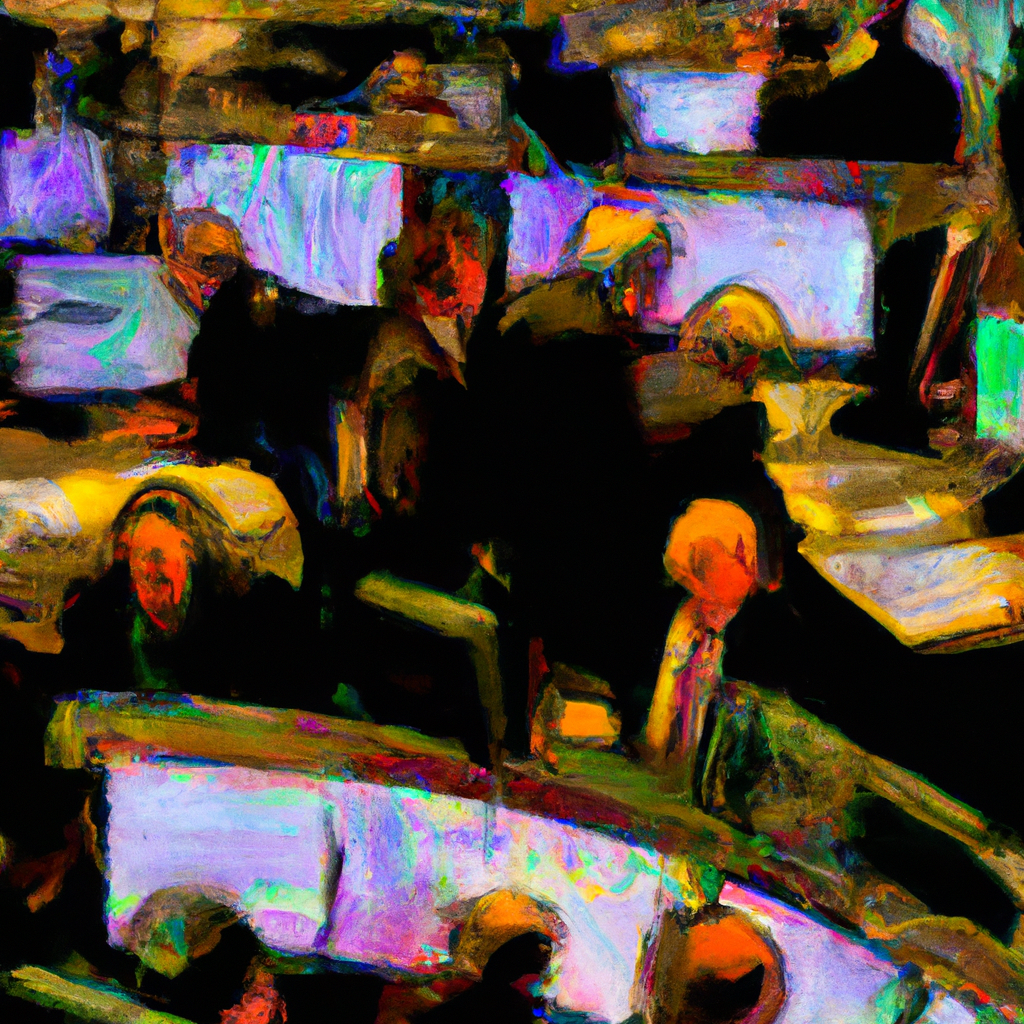
Understanding Futures Contracts: A Comprehensive Overview of Stock Derivatives
Financial derivatives play an essential role in modern financial markets, providing investors with various instruments to manage risk and speculate on price movements. One prominent type of derivative is the futures contract, which allows traders to buy or sell assets at a predetermined price and date in the future.
A futures contract is an agreement between two parties to buy or sell a specified asset, such as stocks, commodities, or currencies, at a future date and at a predetermined price. This contract is traded on organized exchanges, providing a standardized and regulated platform for buyers and sellers to engage in futures trading.
Beginners often find futures contracts as an attractive instrument due to their potential for high leverage and liquidity. As a result, understanding the basics of futures contracts is crucial for anyone looking to enter the futures and options stock derivatives market.
One key characteristic of futures contracts is their standardized nature. These contracts typically specify the quantity, quality, and delivery date of the underlying asset, ensuring consistency and transparency in trading. This standardization allows for easy comparison and evaluation of different contracts, facilitating efficient price discovery and market liquidity.
Futures contracts are traded on futures exchanges, such as the Chicago Mercantile Exchange (CME) or the New York Mercantile Exchange (NYMEX). These exchanges act as intermediaries, providing a platform for buyers and sellers to enter into futures contracts. The exchanges also establish rules and regulations to ensure fair and orderly trading, including margin requirements, position limits, and trading hours.
One significant advantage of futures contracts is the ability to leverage capital. Traders can control a large exposure to the underlying asset with a relatively small initial investment, known as the margin. This leverage amplifies both potential profits and losses, making futures trading a high-risk, high-reward endeavor. Therefore, it is crucial for beginners to have a comprehensive understanding of risk management techniques and to use appropriate risk mitigation strategies when engaging in futures options trading.
Futures contracts serve multiple purposes for market participants. Hedgers use futures contracts to protect against adverse price movements in the underlying asset. For example, a farmer can sell futures contracts to lock in a predetermined price for their crops, protecting themselves from potential price declines. On the other hand, speculators aim to profit from price movements by taking positions in futures contracts without any intention of physically owning the underlying asset.
In conclusion, futures contracts play a vital role in financial markets, providing investors with a range of opportunities for risk management and speculation. This comprehensive overview of stock derivatives aims to provide a beginner's guide to understanding futures contracts and their role in the broader financial derivatives landscape. By grasping the basics of futures contracts, individuals can navigate the futures and options stock derivatives market with confidence and make informed investment decisions.
3. Exploring the Benefits and Risks of Futures Options Trading
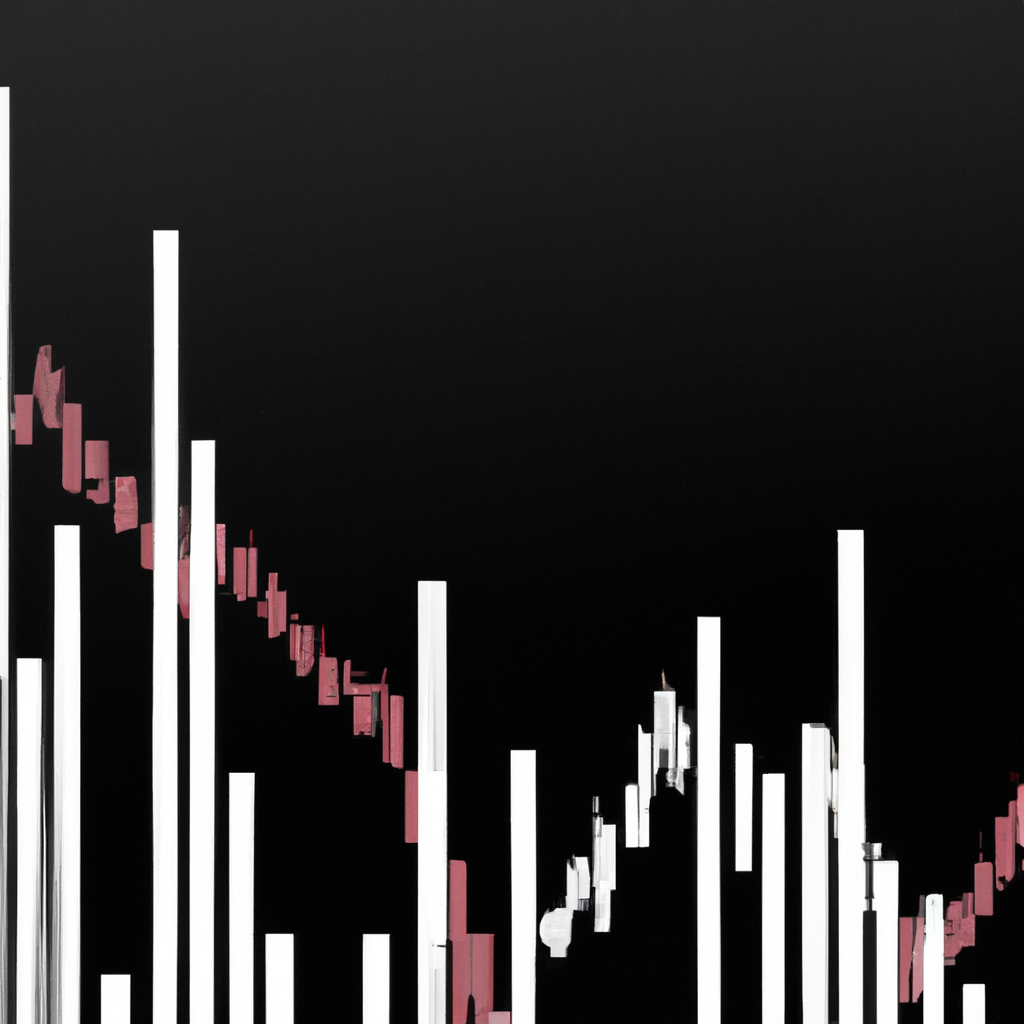
Futures options trading has gained significant popularity in recent years as investors seek to diversify their portfolios and capitalize on market volatility. As a form of financial derivative, futures options contracts provide traders with the right, but not the obligation, to buy or sell an underlying asset at a predetermined price and date in the future.
One of the primary benefits of futures options trading is the ability to leverage capital. Compared to buying or selling the underlying asset directly, futures options require only a fraction of the total value of the contract as margin. This allows traders to control a larger position and potentially amplify their returns. Additionally, futures options provide flexibility in terms of both long and short positions, enabling traders to profit from both rising and falling markets.
Another advantage of futures options trading is the ability to hedge against price fluctuations. By entering into futures options contracts, investors can protect themselves from adverse price movements in the underlying asset. For instance, farmers can use futures options to secure a fixed price for their crops, safeguarding against potential losses resulting from unforeseen market conditions. This risk management tool is valuable for businesses and investors alike, as it helps mitigate the impact of price volatility on their operations or portfolios.
Furthermore, futures options trading offers liquidity and transparency. As these contracts are traded on regulated exchanges, such as the Chicago Mercantile Exchange (CME), there is a continuous market for buying and selling futures options. This ensures that traders can easily enter or exit positions at fair market prices, enhancing market efficiency. Moreover, the standardized nature of futures options contracts facilitates price discovery and provides transparent information on market trends and sentiment.
However, it is crucial to acknowledge the risks associated with futures options trading. Firstly, leverage can be a double-edged sword. While it amplifies potential gains, it also magnifies losses. Traders must exercise caution and implement risk management strategies to protect themselves from substantial financial losses.
Secondly, futures options trading requires a thorough understanding of the underlying market and its dynamics. Novice traders should invest time in learning about the factors that influence the price of the underlying asset, as well as the impact of market events on futures options prices. Engaging in extensive research, studying technical and fundamental analysis, and keeping up with market news are essential to making informed trading decisions.
Lastly, like any investment, futures options trading involves inherent market risks. Prices can be influenced by factors beyond an individual trader's control, such as geopolitical events, economic indicators, or natural disasters. It is crucial for traders to stay disciplined, manage their emotions, and be prepared for unexpected market movements.
In conclusion, futures options trading offers numerous benefits, including leverage, hedging capabilities, liquidity, and transparency. However, it is vital for beginners to approach this financial derivative with caution and acquire the necessary knowledge and skills to navigate the market effectively. With a comprehensive understanding of futures options trading, individuals can capitalize on opportunities while managing the associated risks.
4. How Futures Contracts Work: An In-Depth Analysis of Trading Strategies

Futures contracts are powerful financial derivatives that allow traders to speculate on the future price of an underlying asset, such as commodities, currencies, or stocks. In this section, we will delve into an in-depth analysis of trading strategies commonly used in futures contracts.
One popular trading strategy is known as "long" or "buying" futures contracts. This strategy involves purchasing a futures contract with the expectation that the price of the underlying asset will rise in the future. By going long on a futures contract, traders aim to profit from the price difference between the contract's initial purchase price and its value at the time of expiration. This strategy is commonly employed by investors who believe that the market will experience upward price movements.
Conversely, the "short" or "selling" strategy involves selling futures contracts with the anticipation that the price of the underlying asset will decline. Traders who adopt this approach expect to profit from the price difference between the contract's initial selling price and its value at expiration. This strategy is often used by speculators who believe that the market will undergo downward price movements.
Another trading strategy is known as "spread trading," which involves simultaneously buying and selling futures contracts of the same underlying asset but with different expiration dates. Traders employ this strategy to capitalize on the price difference between the two contracts. By taking advantage of discrepancies in pricing, spread traders aim to profit from the convergence or divergence of the two contracts' prices.
Additionally, "hedging" is a widely used trading strategy in the futures market. Hedging allows traders to protect themselves against potential losses by taking offsetting positions in futures contracts. For example, if a farmer expects the price of corn to decrease, they can sell corn futures contracts to mitigate the risk of a decline in corn prices and potentially offset the losses incurred in their physical corn production.
Moreover, advanced trading strategies, such as "option trading," can be employed in conjunction with futures contracts. Options provide traders with the right, but not the obligation, to buy (call option) or sell (put option) futures contracts at a predetermined price known as the strike price. Traders use options to hedge against potential losses, speculate on price movements, or generate income through writing (selling) options.
In conclusion, futures contracts offer traders a wide range of trading strategies to profit from price fluctuations in various underlying assets. Whether it is through long or short positions, spread trading, hedging, or options, traders can employ these strategies to meet their investment objectives. However, it is crucial for beginners to thoroughly understand these strategies and their associated risks before engaging in futures and options stock derivatives trading.
5. Key Differences Between Futures and Options: A Comparative Study
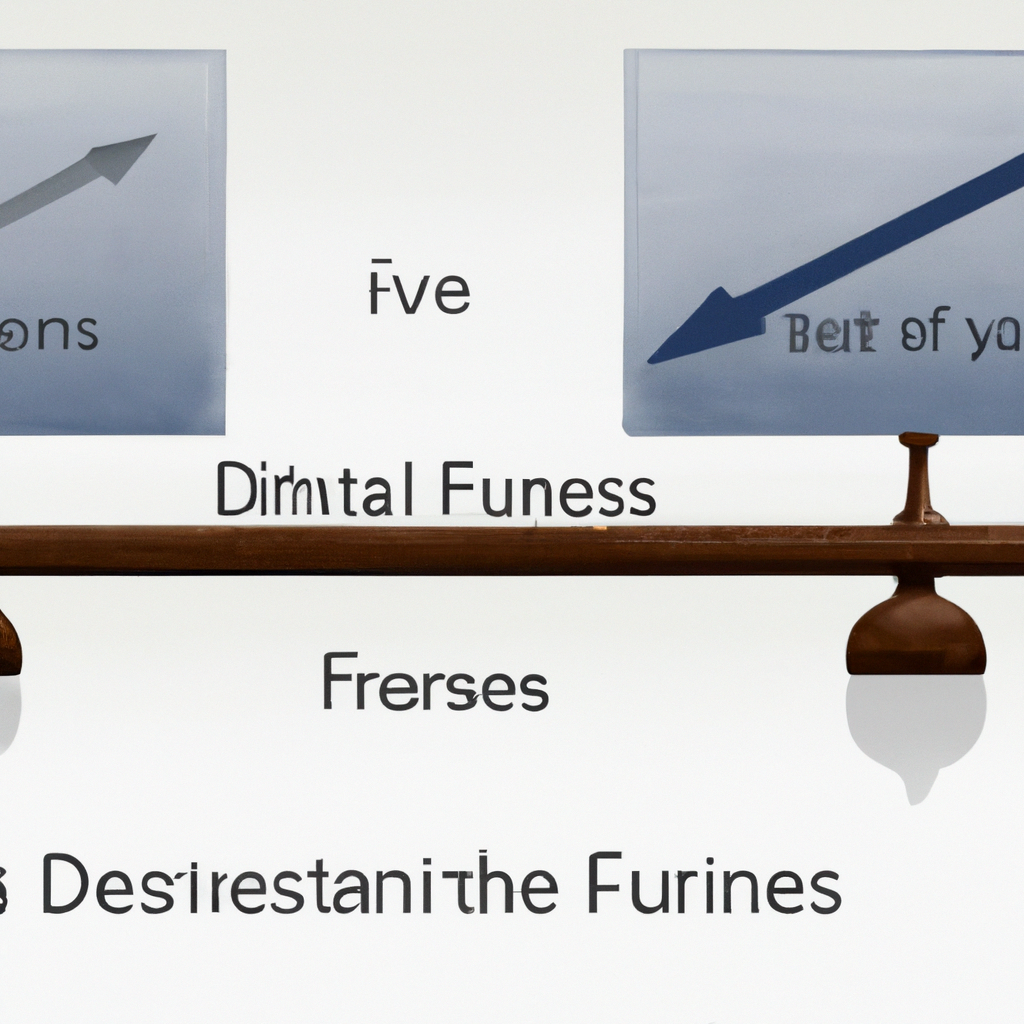
A Comparative Study: Key Differences Between Futures and Options
When it comes to financial derivatives, two popular instruments that traders often encounter are futures contracts and options. While both futures and options are used for speculation and hedging purposes, there are significant differences between the two. Understanding these distinctions is crucial for beginners looking to venture into futures and options stock derivatives.
1. Nature of the Contract:
Futures contracts are standardized agreements to buy or sell an asset at a predetermined price and date in the future. These contracts are traded on exchanges and have well-defined specifications, including the quantity, quality, and delivery date. Options, on the other hand, provide the buyer with the right, but not the obligation, to buy or sell an asset at a specified price within a specified period. Options are more flexible, allowing traders to choose whether to exercise the contract or let it expire.
2. Obligation vs. Right:
One of the key differences between futures and options lies in the obligation aspect. When trading futures, both parties involved are obligated to fulfill the terms of the contract upon expiry. This means that if a trader holds a long position in a futures contract, they are required to buy the underlying asset, while a short position obligates them to sell it. In contrast, options only provide the right to buy or sell the asset, giving traders the choice to exercise or abandon the contract based on their profitability analysis.
3. Risk Profile:
Futures and options also differ in terms of risk exposure. Futures contracts carry higher risks due to their obligation nature. If the market moves against a trader's position, they could face substantial losses. Conversely, options trading provides limited risk, as the most a trader can lose is the premium paid for the option contract. This limited risk makes options an attractive choice for risk-averse traders.
4. Cost Considerations:
When it comes to cost, futures contracts typically require a smaller upfront investment compared to options. Futures traders are only required to pay an initial margin, a fraction of the contract's total value. On the other hand, options traders must pay a premium upfront, which represents the cost of acquiring the right to buy or sell the asset. This premium varies based on factors such as the underlying asset's price, time to expiration, and market volatility.
5. Profit Potential:
While both futures and options offer profit opportunities, the potential returns can differ significantly. In futures trading, traders can benefit from both upward and downward price movements, enabling them to profit from market fluctuations. Options trading, however, allows traders to potentially gain from price movements while limiting downside risk. By choosing the right options strategy, traders can benefit from favorable market movements while minimizing losses in adverse scenarios.
Understanding the key differences between futures and options is essential for beginners venturing into futures options trading. By grasping the nature of the contracts, the level of obligation, risk exposure, cost considerations, and profit potential, traders can make informed decisions and effectively utilize these financial derivatives to meet their investment objectives.
6. Step-by-Step Guide to Getting Started with Futures Contracts
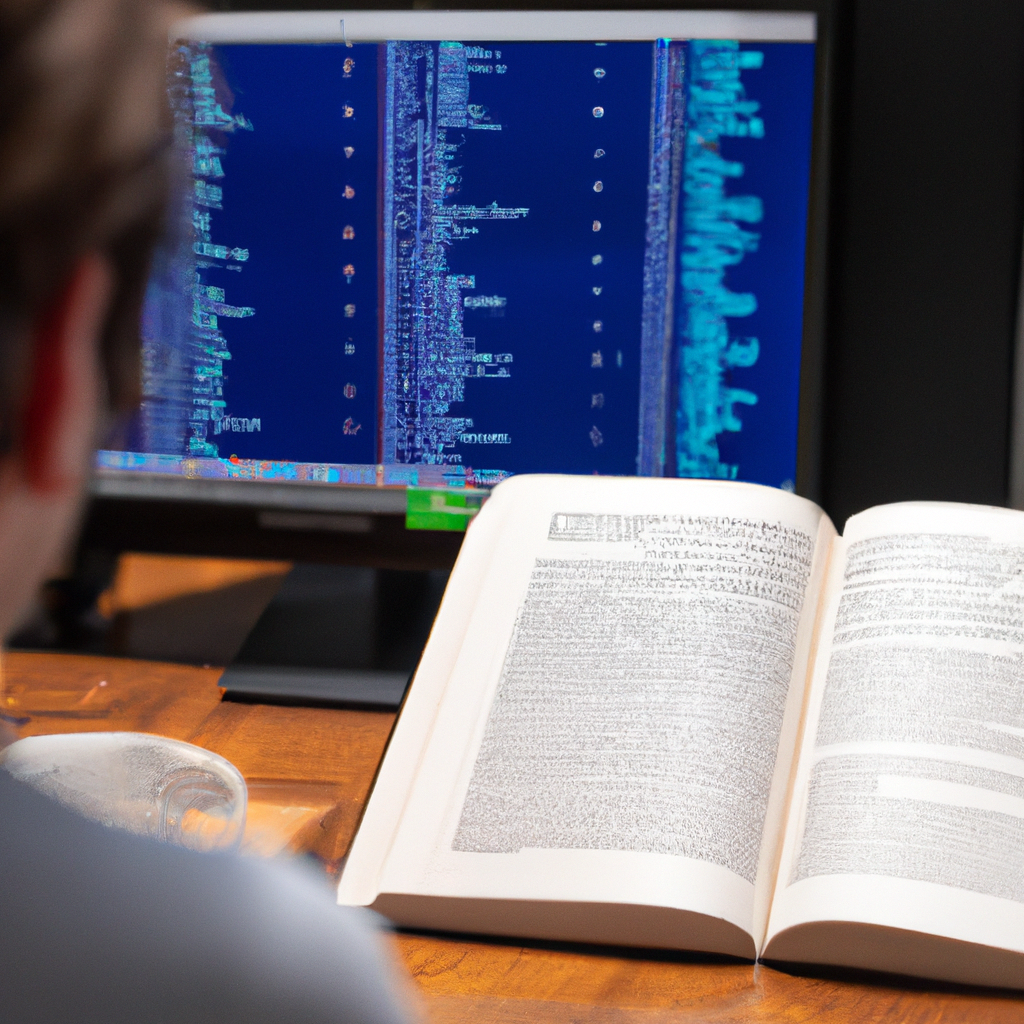
6. Step-by-Step Guide to Getting Started with Futures Contracts
If you are a beginner in the world of financial derivatives and are interested in futures contracts, this step-by-step guide will provide you with the necessary information to get started.
1. Understand the Basics: Before diving into futures contracts, it is essential to have a solid understanding of financial derivatives and how they work. Familiarize yourself with terms such as underlying assets, expiration dates, and contract specifications. This knowledge will form the foundation for your futures trading journey.
2. Educate Yourself: Expand your knowledge by reading books, attending seminars, or taking online courses that cover futures contracts. These resources will help you grasp the intricacies of futures trading, including risk management techniques, strategies, and market analysis.
3. Choose a Brokerage: Selecting a reliable brokerage is crucial to ensure a smooth trading experience. Look for a brokerage that offers a user-friendly platform, competitive commission rates, access to a wide range of futures contracts, and educational resources.
4. Open an Account: Once you have chosen a brokerage, follow their account opening process. This typically involves providing necessary personal information, completing application forms, and submitting any required documentation. Ensure that you meet the minimum financial requirements set by the brokerage.
5. Fund Your Account: After your account is approved, you will need to deposit funds to start trading futures contracts. Determine the appropriate amount based on your risk tolerance and trading goals. Remember to consider any margin requirements imposed by the brokerage.
6. Practice with Simulated Trading: Some brokerages offer simulated trading accounts that allow beginners to practice trading futures contracts without risking real money. Utilize these accounts to familiarize yourself with the trading platform, test different strategies, and gain confidence before trading with real funds.
7. Choose Your Futures Contract: With your account funded and practice completed, it's time to select the futures contract you want to trade. Consider your financial goals, risk appetite, and market analysis when making this decision. Focus on contracts that align with your expertise and understanding of the underlying asset.
8. Develop a Trading Plan: A well-structured trading plan is crucial for successful futures trading. Outline your trading objectives, risk management strategies, entry and exit points, and position sizing rules. Stick to your plan diligently, as it will help you stay disciplined and avoid impulsive decisions.
9. Monitor the Market: Keep a close eye on market trends, news, and economic indicators that can impact your chosen futures contract. Utilize technical and fundamental analysis to identify potential trading opportunities. Regularly review and update your trading plan to adapt to changing market conditions.
10. Start Trading: Armed with knowledge, practice, and a solid trading plan, it's time to execute your first futures trade. Enter your desired order on the trading platform, specifying the contract, quantity, and price. Always double-check your order before confirming to avoid any mistakes.
Remember, futures trading involves inherent risks, and it is crucial to continuously educate yourself and stay updated with market trends. As a beginner, start with small positions and gradually increase your exposure as you gain experience and confidence in your trading abilities.
By following this step-by-step guide, you will be well on your way to navigating the exciting world of futures contracts and exploring the potential opportunities they offer.
7. Risk Management in Futures Trading: Mitigating Potential Losses
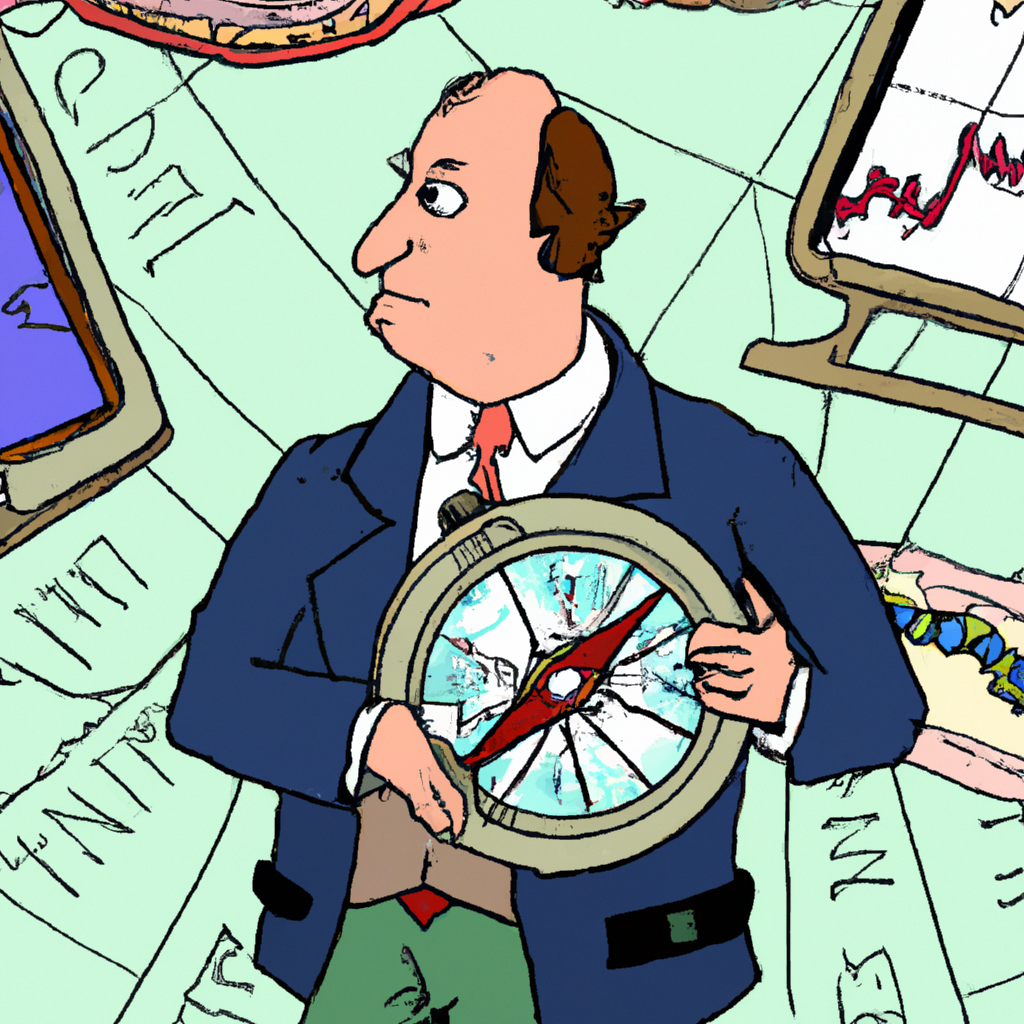
Risk management plays a crucial role in futures trading as it helps mitigate potential losses and protect investors' capital. Futures contracts, which are financial derivatives, allow traders to buy or sell an asset at a predetermined price and date in the future. However, due to the volatile nature of the market, there are inherent risks involved that can lead to significant financial losses if not managed properly.
To effectively manage risks in futures trading, beginners should follow some key strategies. Firstly, it is essential to conduct thorough research and analysis before entering any trade. Understanding the underlying asset, market trends, and economic indicators can provide valuable insights and help in making informed trading decisions. This knowledge can help identify potential risks and reduce the chances of making unfavorable trades.
Another important risk management technique is diversification. By diversifying their portfolio, traders can spread their investments across different futures contracts and asset classes. This can help mitigate the impact of losses in one contract by having other contracts that may perform well. Diversification is crucial to protect against the risk of a single trade or asset negatively impacting the overall portfolio.
Setting stop-loss orders is another effective risk management strategy. A stop-loss order is a predetermined price at which a trader exits a trade to limit potential losses. By setting a stop-loss order, traders can protect themselves from significant losses if the market moves against their position. It is important to determine an appropriate stop-loss level based on the individual's risk tolerance and market conditions.
Risk management in futures trading also involves closely monitoring positions and making necessary adjustments. Traders should regularly review their open positions and reassess their risk exposure. This can involve modifying stop-loss levels, taking profits, or closing positions entirely. By actively managing positions, traders can react quickly to changing market conditions and reduce potential losses.
Additionally, it is crucial for beginners to have a clear understanding of their risk tolerance and establish a risk management plan. This plan should outline the maximum amount of capital that can be risked per trade, the maximum number of trades that can be taken simultaneously, and the overall risk exposure that is acceptable. Adhering to these predefined parameters can help prevent impulsive or emotional trading decisions that may result in significant losses.
In conclusion, risk management is an integral part of futures trading for beginners. Through conducting thorough research, diversifying their portfolio, setting stop-loss orders, and actively managing positions, traders can mitigate potential losses. By understanding and implementing effective risk management strategies, beginners can navigate the futures market with greater confidence and protect their capital.
8. Advanced Techniques in Futures Contract Trading: Leveraging Options for Profit

In the exciting world of futures contract trading, there are advanced techniques that can help experienced traders leverage options for profit. Options are financial derivatives that give traders the right, but not the obligation, to buy or sell an underlying asset at a predetermined price within a specific timeframe.
By combining futures contracts with options, traders can create unique strategies to profit from market movements. This advanced technique allows traders to enhance their potential returns while managing risk more effectively.
One popular strategy is known as a "covered call" in which the trader holds a long position in a futures contract and sells a call option on the same underlying asset. This strategy generates income from the premium received for selling the call option, while still allowing the trader to benefit from any potential increase in the price of the underlying asset.
Another technique is the "straddle" strategy, where a trader simultaneously buys both a call option and a put option on the same underlying asset with the same strike price and expiration date. This strategy allows traders to profit from significant price movements in either direction, regardless of whether the market goes up or down.
Moreover, the "spread" strategy involves simultaneously buying and selling options on the same underlying asset but with different strike prices or expiration dates. This strategy allows traders to profit from the difference in premiums between the options, taking advantage of price discrepancies in the market.
It's important to note that leveraging options for profit in futures contract trading requires a deep understanding of both options and futures markets. Beginners should familiarize themselves with the basics of financial derivatives, futures contracts, and options through a comprehensive guide or educational resources.
Ultimately, futures options trading provides experienced traders with a range of advanced techniques to maximize profit potential and manage risk. By combining the power of futures contracts with options, traders can navigate volatile markets and capitalize on various market scenarios.




